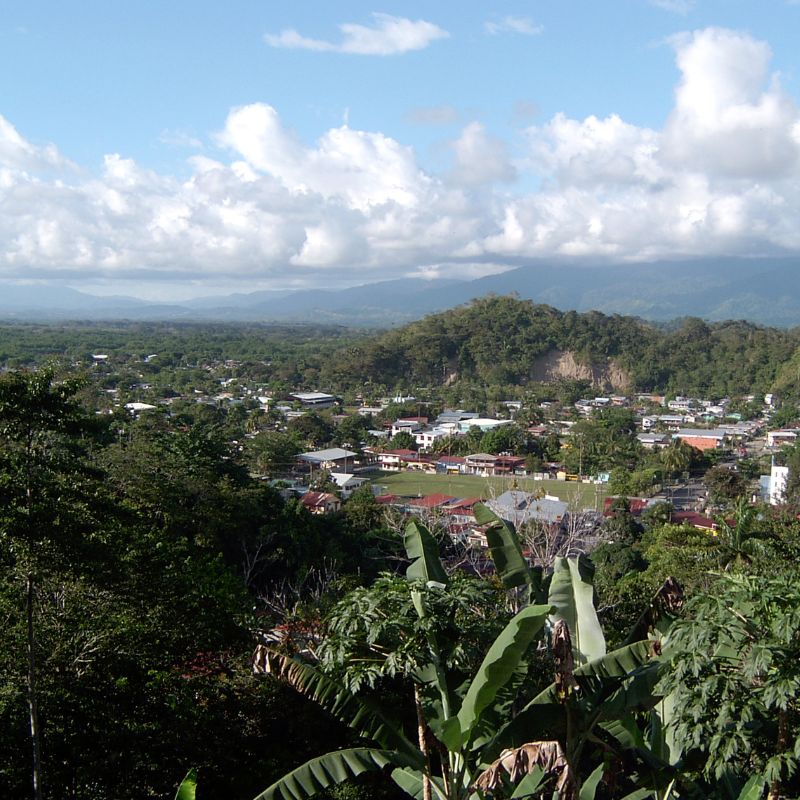Costa Rica has a unique addressing scheme that differs from the conventional format used in many other nations. We describe locations using landmarks, directions, and distances, rather than street names and numerical addresses.

So, for example, instead of saying 23rd and 4th Street, we would say in front of the public school. And where is the public school? Well, diagonal to Don Jose’s bar, and where is this bar? Two blocks north from the old Kapok tree (that doesn’t exist anymore, but everyone knows where it was!)
So, as you can see, us locals in Costa Rica typically utilize a mix of landmarks, directions, and distances when describing places, rather than using street names and numerical addresses.
This way of addressing has its origins in the historic planning of Costa Rican towns and cities, when landmarks were vital for orientation and navigation.

There are fewer formal street names and numerical addresses in smaller towns and rural areas, so finding someone’s home becomes even more dependent on landmarks and descriptive directions.
We may use natural features, local businesses, or significant structures as reference points when providing directions. For instance, an address could be indicated as “next to the big mango tree at the entrance,” offering a recognizable marker for finding the intended location.
Why, oh! Why?
The community in Costa Rica is important. Talking to people is important. And relying on the community is a very common way to address any situation here.
We typically use our familiarity with the area and connections to local businesses and neighbors as our primary means of navigation, rather than formalized address systems.

As people rely on common landmarks and local knowledge to get around, this kind of individualized addressing brings people together in communities. It fosters a sense of unity and cooperation among residents as we work together to ensure everyone can easily find their way around. This communal approach to navigation also helps strengthen social bonds and build a strong sense of belonging within the neighborhood.
Foreigners may find this way of addressing Costa Ricans strange at first, but it truly captures the country’s famously kind and welcoming spirit.
The country’s emphasis on preserving its cultural legacy serves as further evidence of its commitment to adopting a more relational and personal approach to location-based navigation.

Some urban regions have been trying to implement more codified addressing systems recently, mostly for logistical and mail delivery purposes.
Nevertheless, many Costa Ricans still rely on landmarks and descriptive directions, as we always have. This reflects our strong sense of community and our intimate relationship with their environment.
So even if you use Waze or Google Maps to get around, asking and getting answers, establishing a smile, and making connections seems to be at the end our ultimate luxury.
